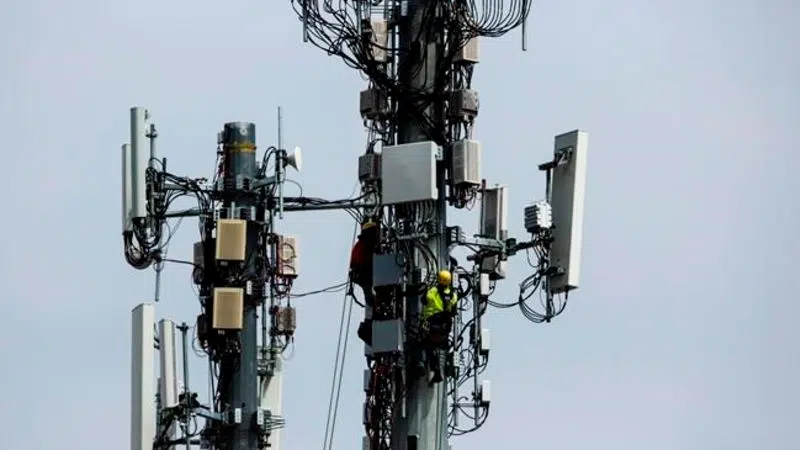
US economy grew at strong 3.2% rate in first quarter
WASHINGTON — The U.S. economy grew at a solid 3.2% annual rate in the first three months of the year, a far better outcome than expected, overcoming a host of headwinds including global weakness, rising trade tensions and a partial government shutdown.
The advance in the gross domestic product, the broadest measure of economic health, marks an acceleration from a 2.2% gain in the previous October-December period, the Commerce Department reported Friday. However, about half the gain reflected two factors not expected to last — a big jump stockpiling by businesses and a sharp contraction in the trade deficit.
Still, the GDP gain surpassed the 3% bar set by President Donald Trump as evidence his economic program is working. Trump is counting on a strong economy as he campaigns for re-election.



